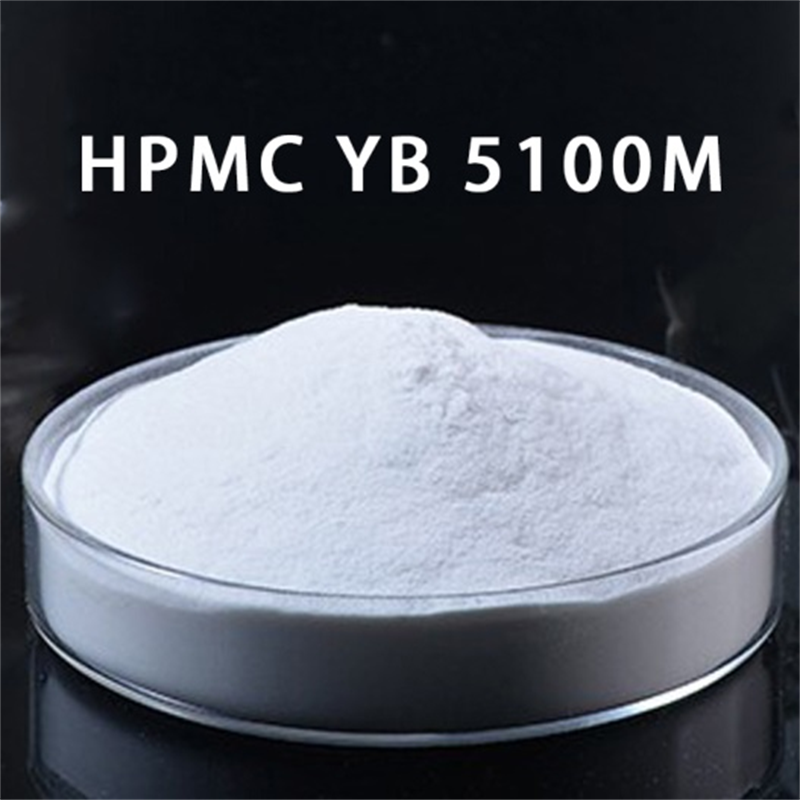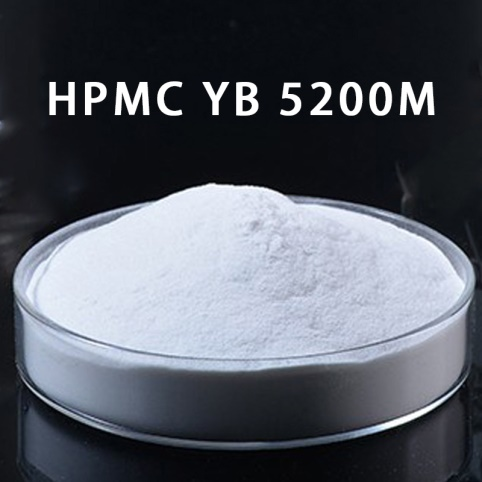
Products
HPMC YB 515M
Specification of HPMC YB515M
| Chemical name | Hydroxypropyl Methyl Cellulose |
| Synonym | Cellulose ether; Hypromellose; Cellulose, 2-hydroxypropyl methyl ether; Hydroxypropyl methyl cellulose; HPMC; MHPC |
| CAS number | 9004-65-3 |
| EC Number | 618-389-6 |
| Brand | EipponCell |
| Product Grade | HPMC YB 515M |
| Solubility | Water Soluble Cellulose Ether |
| Physical form | White to off-white cellulose powder |
| Methoxy | 19.0-24.0% |
| Hydroxypropoxy | 4.0-12.0% |
| Moisture | Max.6% |
| PH | 4.0-8.0 |
| Viscosity Brookfield 2% solution | 12000-18000 mPa.s |
| Viscosity NDJ 2% solution | 12000-18000 mPa.S |
| Ash content | Max5.0% |
| Mesh size | 99% pass 100 mesh |
| HS code | 3912.39 |
Application of HPMC YB 515M
EipponCell HPMC YB 515M, specifically designed for standard tile adhesive applications, possesses the following properties:
Influence on the open time of tile adhesive
When latex powder and cellulose ether HPMC are present in a wet mortar, RDP powder exhibits a stronger binding energy with the cement hydration product, while cellulose ether primarily affects the interstitial fluid, affecting the viscosity and set time of the mortar.
RDP powder exhibits enhanced attachment to cement hydration products, while cellulose ether primarily affects interstitial fluid, affecting mortar viscosity and set time.
The coexistence of latex powder and cellulosic ether HPMC in a wet mortar affects the properties of the mortar, with RDP powder having a larger binding energy and cellulosic ether affecting the viscosity and setting time through its presence in the interstitial fluid.
Influence on the pull-out strength of tile adhesive
Cellulose ether in the mortar not only provides beneficial properties, but also delays the hydration dynamics of the cement by adsorbing onto the hydrated product instead of the original mineral phase. This retardation effect is attributed to the reduced mobility of the ions in the pore solution due to the increased viscosity caused by cellulose ether.
The presence of cellulose ether in cement systems retards hydration kinetics by adsorbing the hydrated product instead of the original mineral phase, while also increasing the viscosity of the pore solution, thereby reducing ion mobility and further slowing down the hydration process.
Cellulose ether's retardation effect on cement hydration is primarily achieved by its adsorption onto the hydrated product and the subsequent increase in the viscosity of the pore solution, which hinders ion mobility and delays the overall hydration dynamics.
Documents of HPMC YB 515M
Recommended HPMC for Building & Construction


Address
Mayu Chemical Industry Park, Jinzhou City, Hebei, China
Tel/Whatsapp
+86-311-8444 2166
+86 13785166166 (Whatsapp/Wechat)
+86 18631151166 (Whatsapp/Wechat)
Latest information
news








